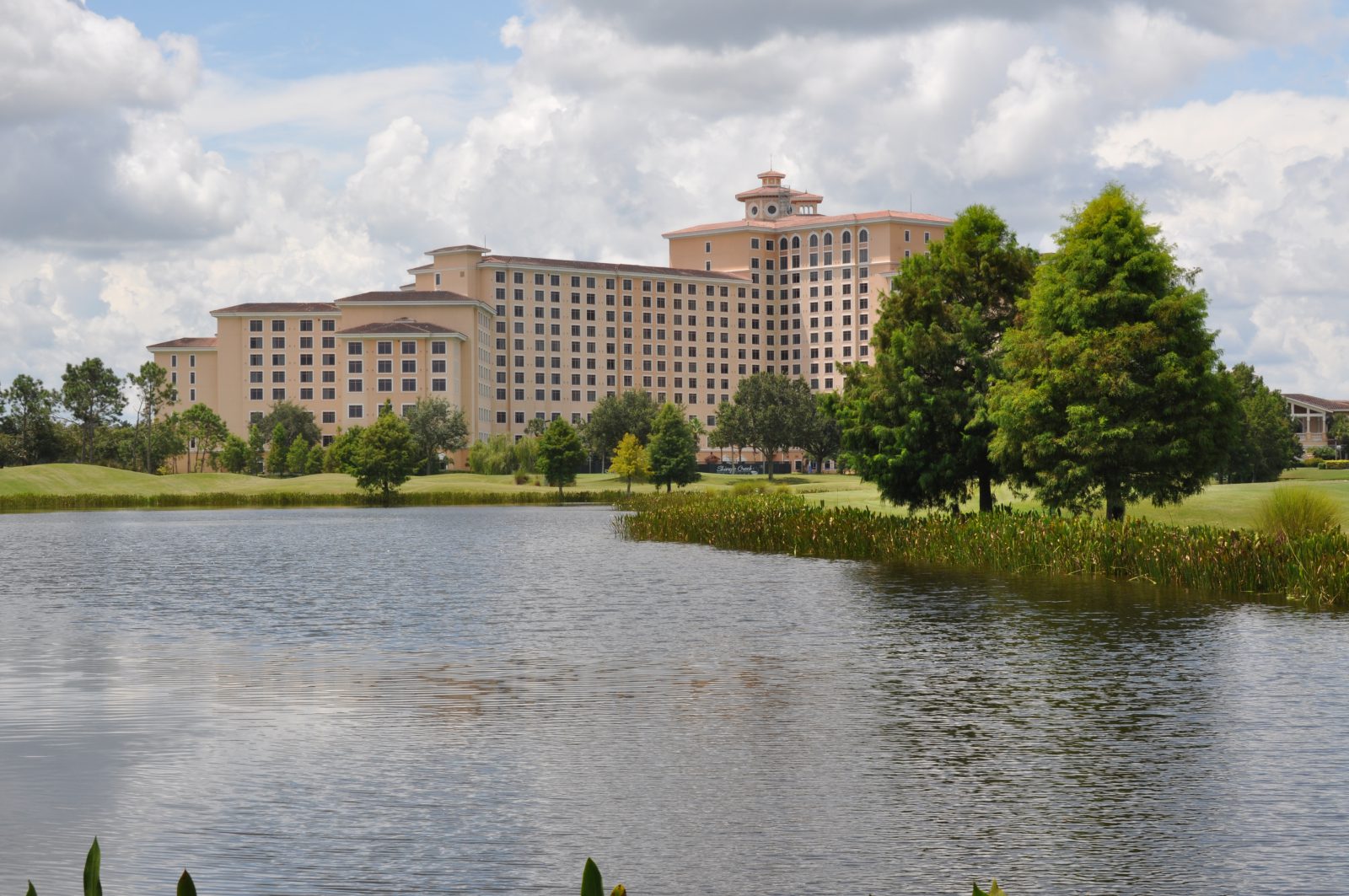
Water Pollution: How it Affects Lakes & Ponds and Its Sources
Pond and lake pollution occurs when contaminants – in the form of debris, trash, chemicals, sewage, fertilizers, bacteria, microorganisms and more – enter waterbodies such as lakes, ponds, streams, wetlands, or rivers. Pollution can also be found in U.S. drinking water, including hard metals and other alloys. In addition to pollutants that directly enter water sources, land and air pollution can eventually settle into these same waterbodies, harming fish, macroinvertebrates, plants, and other forms of life.
Urban development, including the expansion of residential communities, shopping centers, and roads, takes much of the blame. When natural land is replaced with concrete and other impervious surfaces, polluted rainfall accelerates towards nearby waterways rather than draining into the ground. This lake pollution contributes to higher nutrient levels within the water and can lead to the development of algae and possibly harmful algae blooms (HABs).
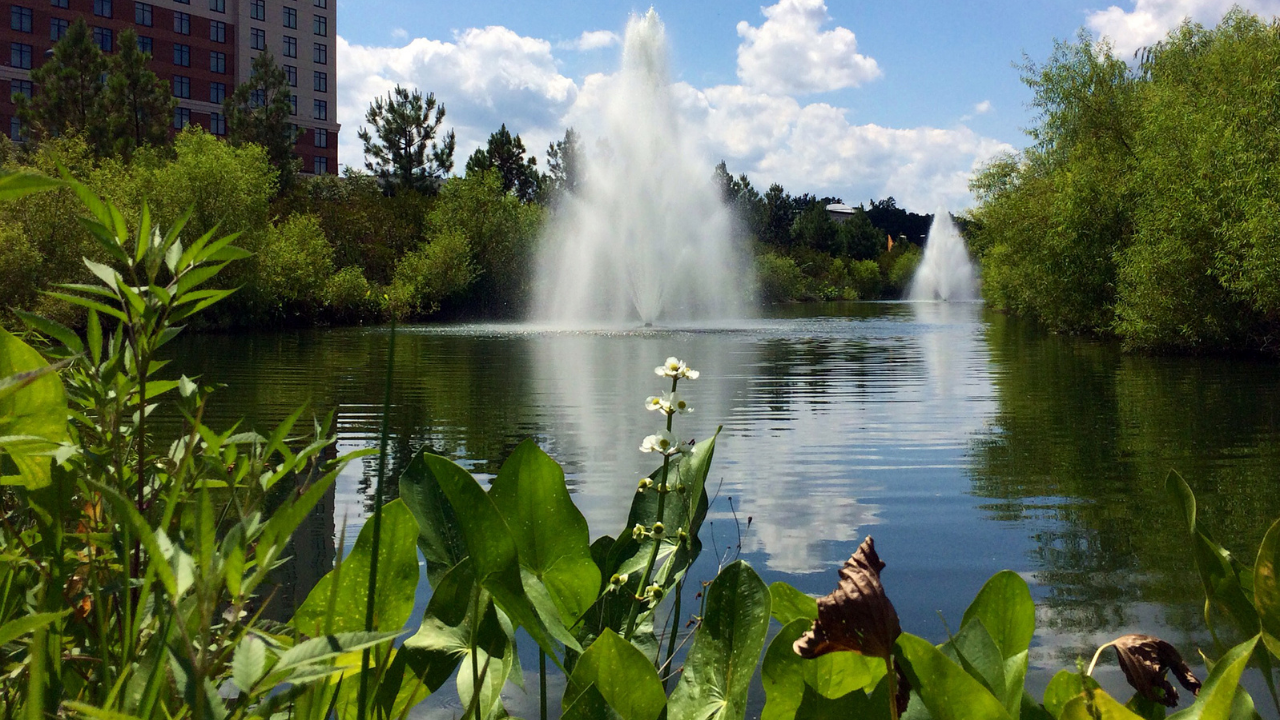
Why Clean Water Is Vital to Our Communities
Although water naturally works to filter out and dissolve potentially harmful contaminants, as humans and large animals pump greater amounts of synthetic and natural waste into the environment, it becomes increasingly difficult for water to filter these out. As a result, water resources could become toxic and require remediation or become non-consumable for human and animal use.
Water is essential to our communities and, like you, we care about the health and beauty of our lakes and ponds. Partnering with freshwater management experts can help stakeholders understand the unique characteristics of their waterbodies and arm them with essential tools to protect their precious aquatic resources as pollution becomes an increasingly concerning issue.
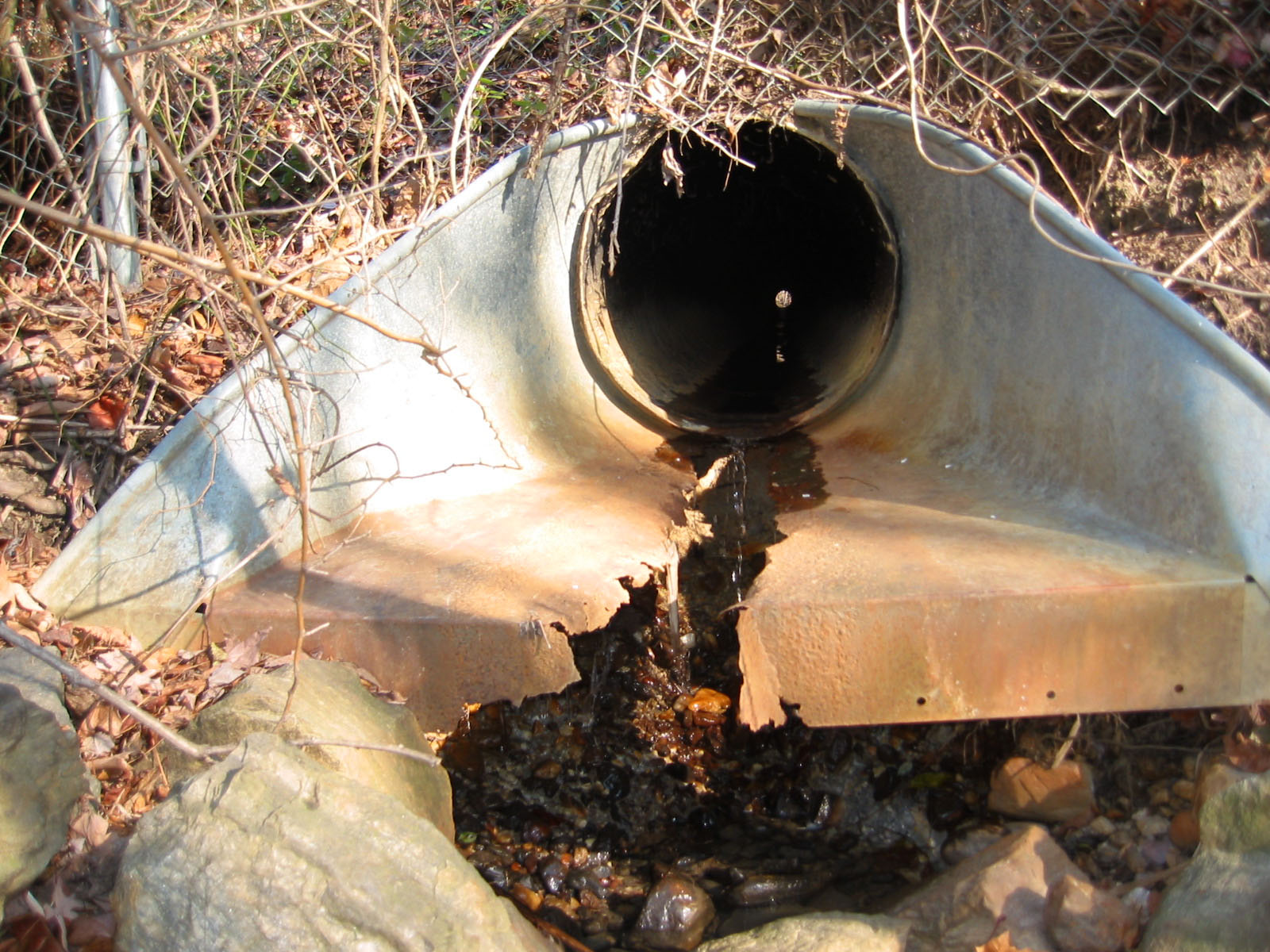
How Do Pollutants Enter Lakes and Ponds?
Pond and lake pollutants can enter a water source in many ways. In addition to the seepage and settling methods, rainfall, storm events, lawn sprinklers, car washing, and more can wash pollutants into lakes and stormwater ponds. They may also be dumped directly, such as recreational water users dumping fuel, sewage, or trash in the water rather than the appropriate receptacles, filtered through inadequate water treatment facilities, or seep in from oil refineries, underground storage tanks, and fracking.
Regardless of how it enters our waterbodies, lake and pond water pollution affects us globally as waterbodies are interconnected. Therefore, when one area is affected by water pollution, other regions can also become affected.
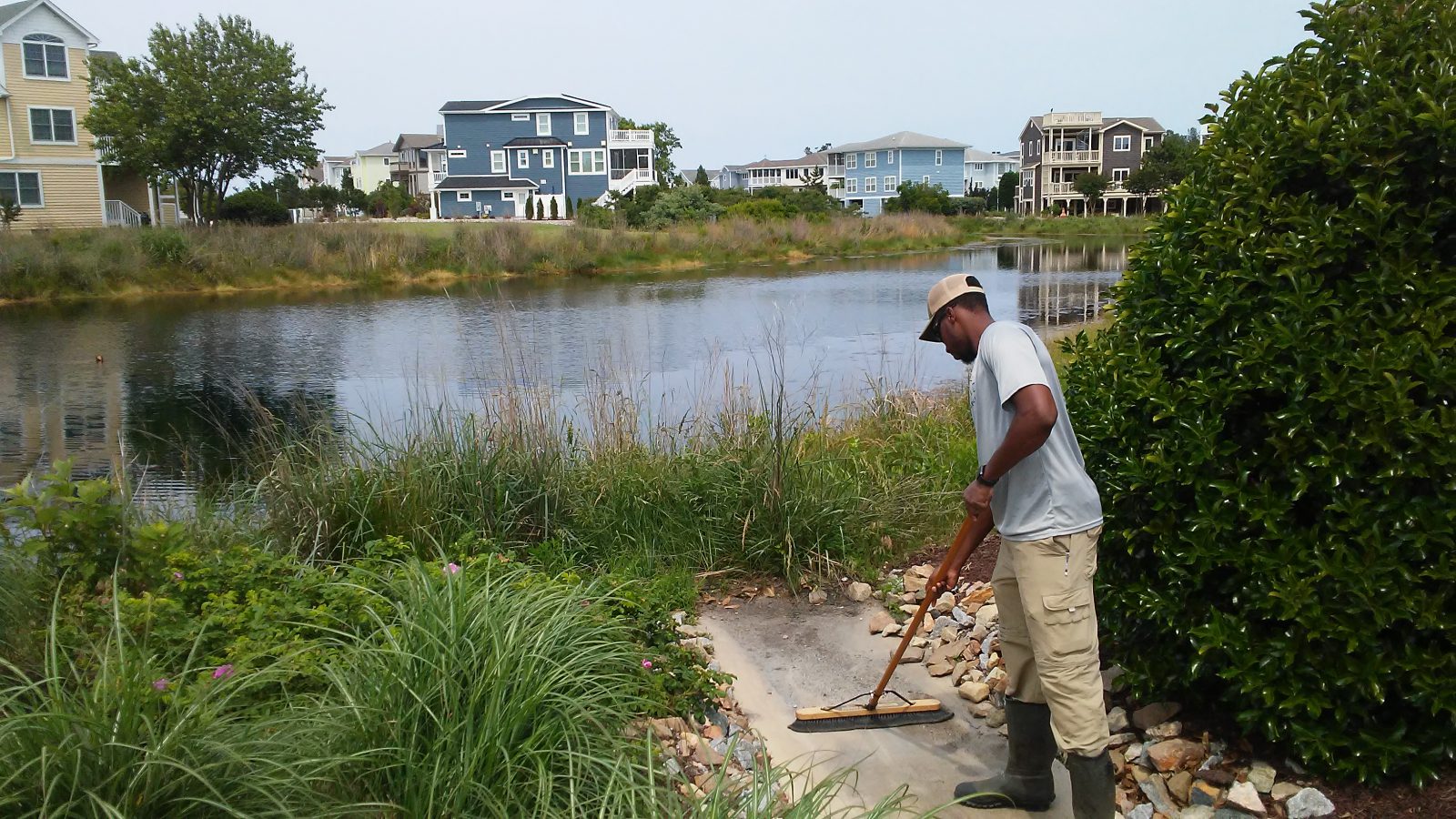
Primary Sources of Water Pollution in Lakes and Ponds
Rural Development and Agriculture:
As one would expect, development and agricultural sectors consume a significant portion of the world’s water for expansion, building, farming, and livestock. Byproducts like sediment, chemicals, animal waste, fertilizers, and pesticides can end up in all types of lakes and ponds, including groundwater, when not properly managed.
Without proper management, this pollution in lakes could have long-term negative impacts that may lead to harmful algae blooms, drinking water contamination, and increased bacteria growth in private wells and water treatment plants.
Sewage and Other Wastewater:
Commercial and industrial activities utilize a large quantity of water in their operations. That wastewater may contain dangerous chemicals and contaminants that can find their way into mainstream water sources when not handled or disposed of properly.
Additionally, motor vehicles can distribute dirt, oil, road salts, and other debris along our roads and highways. Those contaminants can then get swept away by rainwater or snowmelt into storm drains that end up in our waterways.
Other Lake and Pond Water Pollution Sources:
Of course, there are unique scenarios that should be kept in mind.
For example, you may hear about major oil spills that impair entire fish communities and impact wildlife. Although these are rare occurrences, they may still pose significant and extensive impairments that are felt for many years after the incident. While unpredictable, these events can lead to better management of equipment and resources to lessen the overall environmental impact.
Leaking underground storage tanks are another example of water contamination that can impair water quality and human health. Petroleum-based pollutants can negatively impact water sources, water treatment plants, water associations, stormwater utilities, wetlands, humans, and livestock.
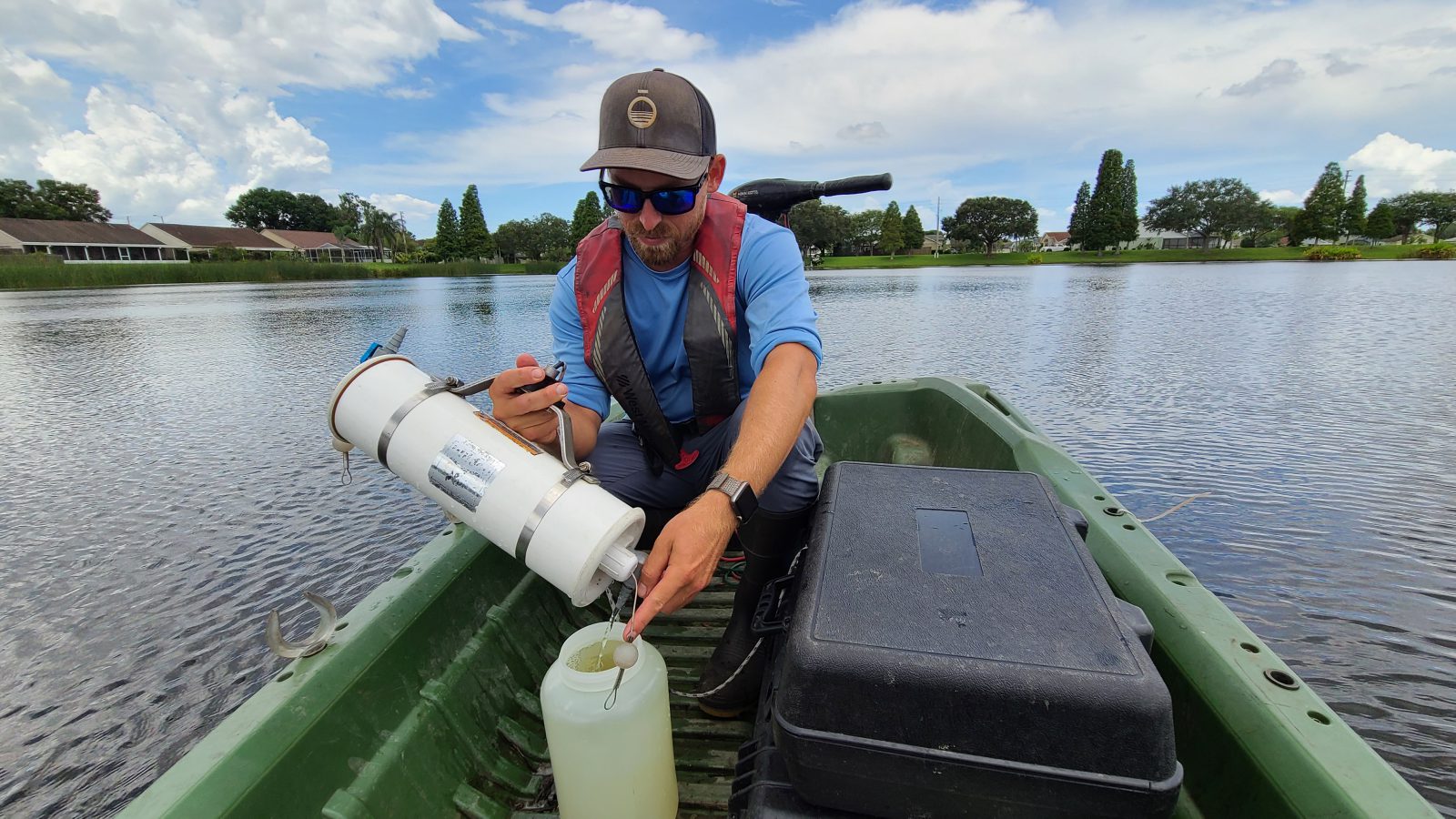
What Can Be Done to Decrease Lake Pollution?
At an individual level, there are plenty of steps you can take to help reduce contaminants and water pollution in lakes:
- Avoid pouring oil or chemicals, including those from household cleaners or “natural” products, down the household sinks or street drainage systems.
- Have your water checked for lead and other heavy metal or bacterial contamination.
- Avoid unnecessary applications or overuse of fertilizer and insecticides.
- Collect and prevent grass clippings and leaves from entering waterways.
- Dispose of animal waste properly.
At a larger level, it’s important to advocate for the proper management and treatment of your local water sources, often nearby lakes, ponds, wetlands, and streams.
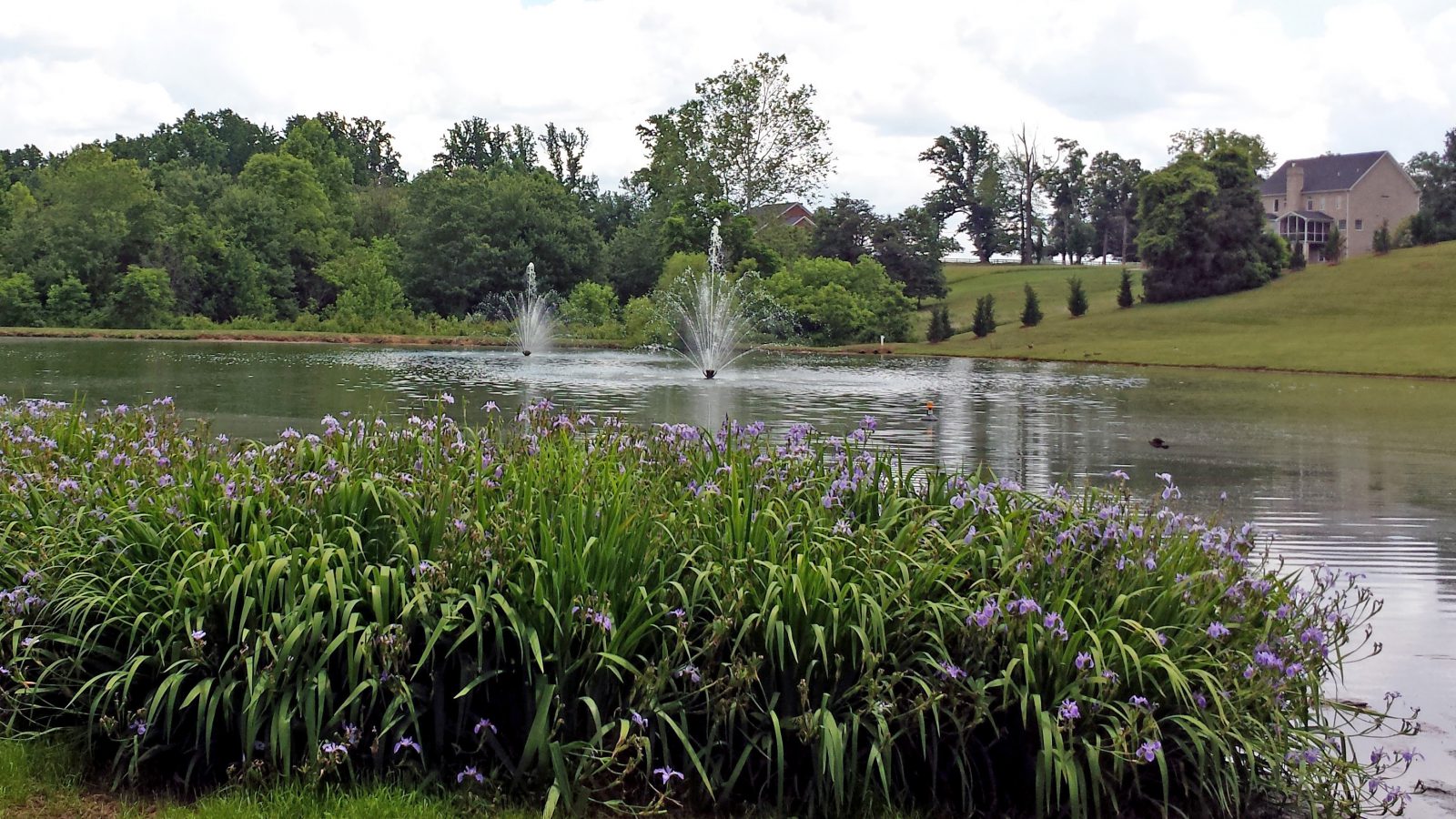
How to Proactively Enhance Water Quality
HOAs, golf courses, municipalities, and other stakeholders with waterbodies should have management plans in place that incorporate water quality monitoring to help mitigate the effects of pollutants (as well as many other facets that affect water) on their waterbodies.
Monitoring is a valuable tool, but it cannot be used alone. The introduction of a natural vegetative buffer around the water’s perimeter may help filter pollutants before they flow into the water. Aging shorelines should also be restored to prevent nutrient-rich sediment from eroding into the water. In more extreme cases, nutrient remediation products such as Phoslock, Alum, and EutroSORB, can be applied by licensed professionals to capture and “deactivate” pond and lake pollutants in the water column.
These and other solutions are part of a sustainable management program designed to reverse and prevent water quality problems well into the future. Partnering with an experienced aquatic expert can help decision-makers successfully protect and preserve their water resources for all to use and enjoy for years to come.
The Benefits of Water Quality Assessments
Fix Your Pond and Lake Pollution Problems
Call us at 888-480-5253 or complete the form below to connect with an aquatic management expert who can help you combat water pollution in lakes and stormwater ponds.
SOLitude Lake Management is a nationwide environmental firm committed to providing sustainable solutions that improve water quality, enhance beauty and preserve natural resources.
SOLitude’s team of aquatic scientists specializes in the development and execution of customized lake, stormwater pond, wetland and fisheries management programs. Services include water quality testing and restoration, algae and aquatic weed control, installation and maintenance of fountains and aeration systems, shoreline erosion control, muck and sediment removal and invasive species management. SOLitude partners with homeowners associations, golf courses, private landowners, businesses and municipalities. SOLitude Lake Management is part of Rentokil, a leading business services company, operating across the United States, Canada and Puerto Rico.
For more information, visit SOLitude Lake Management at solitudelakemanagement.com, and connect on Facebook, LinkedIn and Twitter.









